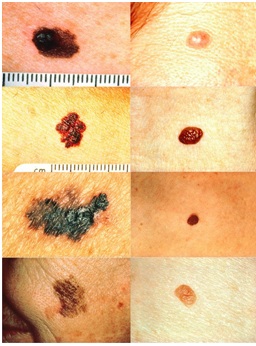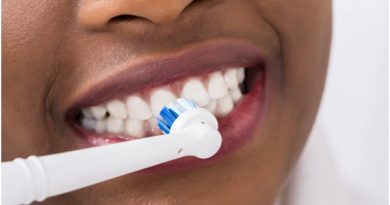Moles: Prevention Is Always Better Than Cure
When you think of a mole, you might think of Cindy Crawford with her iconic beauty spot, or perhaps you have moles and wish they would go away. These small blemishes can be found anywhere on the body and are made up of lots of pigment cells called melanocytes. Those with fairer skin tend to find that they get more moles than those with darker skin. However, this is not always the case, as it can depend where you grew up and how much time you spent in the sun.
Protection from the Sun
Many moles are harmless, but some can become cancerous. The best way to reduce the chances of this is to make sure you don’t expose your skin to too much UV light. One way to do this is to avoid going outside when the sun is at its strongest – typically between 11am and 3pm. During these hours it is important to stay in the shade wherever possible.
If this is not feasible, then try covering up. Swap the T-shirt for a long-sleeve top, a hair band for a wide-brimmed hat and shorts for linen trousers. These small changes can protect your skin from harmful rays. Couple this with using a high-factor sunscreen, such as factor fifty, to give added protection.
Sunbeds
UV light isn’t just present in sunshine. Many people enjoy going on sunbeds or under a sun lamp to get that holiday tan and glow. However, the light found in these also includes UV rays. It is best, therefore, to avoid them completely or at least reduce the number of visits that you make to tanning salons.
For some, moles can’t be prevented and can be a daily nuisance if they get caught on clothes when getting dressed or shaving. An option here is to have the mole removed. According to The London Cosmetic Clinic, mole removal is relatively pain-free, as a local or topical anaesthetic is given before the treatment and you can resume daily life straight afterwards.
Unfortunately, even taking steps to prevent moles from becoming cancerous won’t totally eliminate the possibility of it happening. It is important to inspect them regularly for any changes in size or colour. If you notice any differences, it is advisable to visit your GP to get them checked out.




